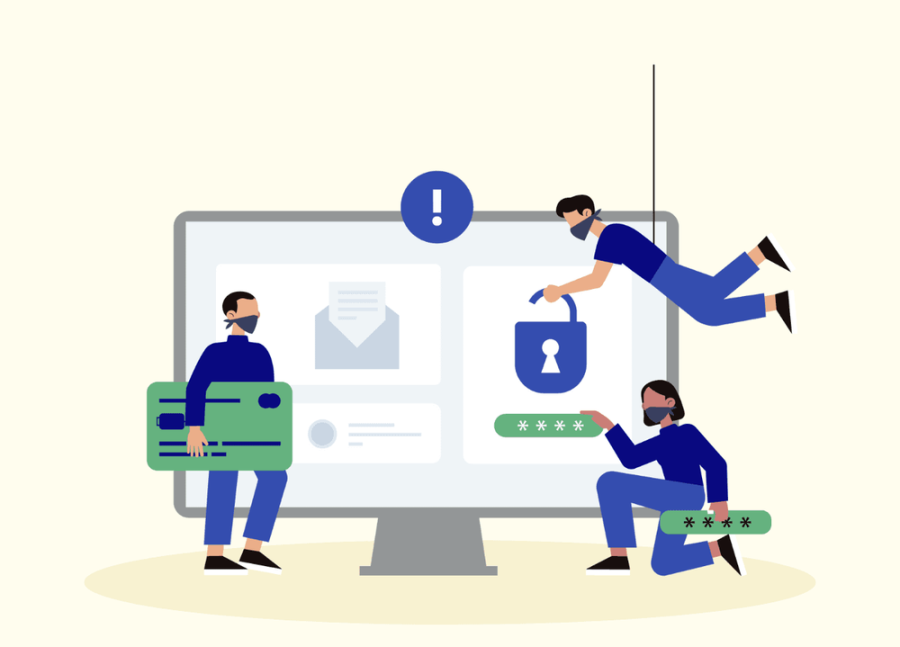How to Create a Custom WooCommerce Payment Gateway
WooCommerce is one of the most powerful eCommerce platforms in the world, thanks to its flexibility and large community of developers. While it supports many popular payment gateways like PayPal, Stripe, and Razorpay, sometimes businesses have very specific needs — and that’s where custom payment gateways come in.
For freelancers and web developers, especially those working with clients in different regions or industries, creating a custom WooCommerce payment gateway can set you apart from the crowd. Whether it's integrating with a regional bank, supporting cash on delivery with digital confirmation, or using cryptocurrency, a custom solution can enhance trust, user experience, and conversion.
On FreelancerBridge, we believe in helping freelancers level up. This blog post walks you through everything you need to know (no code involved) to understand, plan, and implement a custom WooCommerce payment gateway — all optimized for SEO, client results, and scalable development.
Long Description: Step-by-Step Guide to Creating a Custom WooCommerce Payment Gateway
✅ Why Build a Custom Payment Gateway?
Before diving into the how, let’s explore the why — why would a freelancer or business need a custom payment gateway?
Here are the top reasons:
Regional Payment Needs: Many local payment providers don’t have WooCommerce plugins.
Client-Specific Solutions: Some clients want full control over how payments are handled.
Advanced Logic: Conditions like partial payments, coupons tied to payment types, or installment logic.
Branding Consistency: Custom UIs for payments can reflect a brand’s personality.
Cryptocurrency or Alternative Payments: Accept payments in crypto, wallets, or loyalty points.
✅ Planning Before You Build
Creating a custom gateway isn’t just about writing code. It’s about creating a seamless payment experience.
1. Define the Payment Flow
Decide how the user will interact with the gateway. Will it redirect to an external service, or process within the site?
2. Collect API Documentation
If you're integrating a third-party provider (e.g., a bank or crypto service), you’ll need API access and documentation.
3. Check WooCommerce Compatibility
Ensure that your gateway will work with current WooCommerce and WordPress versions.
4. Create a Mock UI
Sketch the payment form, error messages, and success page. User experience is key to conversion.
5. Client Testing Environment
Set up a staging site where your client or QA team can test the integration without live transactions.
✅ Important Features to Include in Your Custom Gateway
To provide the best payment experience, your custom gateway should include:
Secure API Authentication: Use tokens, keys, and SSL connections.
Validation and Error Handling: Display clear error messages for failed transactions.
Webhook or IPN Support: For automatic order status updates.
Order Notes and Statuses: Update WooCommerce order statuses based on transaction success or failure.
Mobile Optimization: Ensure the payment experience works on all devices.
Customizable Settings: Allow merchants to set API keys, enable test mode, or customize labels.
✅ SEO Benefits of Custom WooCommerce Payment Gateways
Many don’t realize this, but even payment solutions can boost SEO when properly implemented:
🔹 Faster Checkout = Better User Experience
Search engines like Google track bounce rates and time-on-site. A smooth, fast, and localized checkout can improve both.
🔹 Region-Specific Keywords
Creating content around your custom gateway (e.g., "WooCommerce MPesa Integration in Kenya") boosts visibility in local search.
🔹 Less Plugin Bloat
Custom-built gateways don’t weigh down the site with unnecessary features, which helps with page speed — a critical ranking factor.
🔹 Enhanced Trust = Higher Conversions
Branded and customized checkout pages increase trust, reducing cart abandonment and increasing reviews and repeat business — all great for SEO.
✅ Use Cases Where Custom Gateways Shine
Freelancers often face projects with unique client needs. Here are real-world use cases where custom gateways are the solution:
Subscription Services: Clients want recurring billing via a local provider.
Marketplace Platforms: Custom logic for splitting payments between vendors.
Cash on Delivery Plus: A hybrid method where cash is confirmed through OTP or QR code before dispatch.
Crypto Integration: Accepting payments via Bitcoin, Ethereum, or tokens.
Non-Profit Donations: Custom logic for recurring or one-time donations with tax-receipt generation.
✅ Best Practices for Creating Custom Payment Gateways
🔐 1. Security First
Always follow WooCommerce’s secure coding standards. Never expose sensitive data like API keys in frontend scripts.
🔁 2. Follow WooCommerce Gateway API
Use the built-in WC_Payment_Gateway class to ensure compatibility and future-proofing.
⚙️ 3. Make Settings User-Friendly
Include settings for test/live mode, enable/disable gateway, and custom messaging.
🔄 4. Handle All Edge Cases
What if the payment fails mid-transaction? What if the API is down? Always have a fallback or error message.
📦 5. Test Transactions Thoroughly
Simulate both successful and failed payments. Use sandbox/test accounts for real-world scenarios.
🌍 6. Localize and Translate
Make the plugin ready for different languages. Use the __() and _e() functions in WordPress for text.
✅ Turning Your Gateway into a Marketable Asset
Many freelancers stop after building a plugin for one client. But a custom WooCommerce payment gateway can become:
A premium plugin on marketplaces like CodeCanyon
A service offering to new clients in the same industry
A lead magnet (free version) with a paid upgrade
A white-label tool you include in your packages
Once you’ve built one gateway, you can easily adapt and repackage it for new use cases.
✅ Client Communication Tips
When offering a custom payment solution, always keep your client informed. Things to clarify include:
API access and credentials required
Any government regulations or payment laws
Expected timeline and testing phases
Support plan post-delivery
Backup options in case of third-party service outages
Clear expectations = smoother delivery and happy clients.
✅ Conclusion
Creating a custom WooCommerce payment gateway may seem technical, but for freelancers and developers, it’s an incredibly valuable skill. It allows you to offer tailored solutions that major plugin developers often overlook. Whether it's building trust, supporting local payments, or branding the checkout flow — your custom gateway becomes a key part of the eCommerce journey.


 by Emily
by Emily




